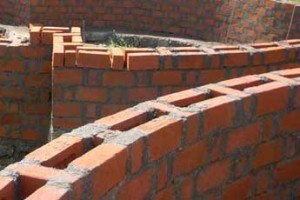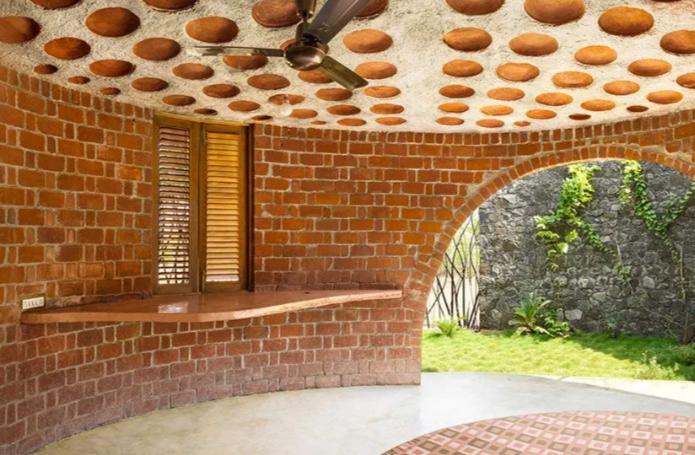




Table of Contents
- Introduction
- What is Rat Trap Bond?
- How is Rat Trap Bond Constructed?
- What are the Benefits of Rat Trap Bond?
- Where is Rat Trap Bond Used?
- How Does Rat Trap Bond Compare to Other Brick Bonding Patterns?
- Faq's
Introduction
Rat trap bond is a unique bricklaying technique that has been used for centuries in traditional masonry construction. This method involves laying bricks on their sides with a small gap between them, creating a cavity or "trap" that resembles a rat's nest. While its name may sound unconventional, rat trap bond offers several advantages in terms of both structural stability and thermal performance.
 Rat Trap Bond Bricks
Rat Trap Bond Bricks
What is Rat Trap Bond?
Rat trap bond is a type of brick bonding pattern characterized by its alternating course of stretcher and header bricks, with a cavity left between the courses. The cavity allows for better ventilation and drainage, while the staggered arrangement of bricks enhances the bond strength of the wall.
 Rat Trap Bond Technique
Rat Trap Bond Technique
How is Rat Trap Bond Constructed?
Rat trap bond is constructed by laying bricks on their sides, with each course consisting of alternating stretcher and header bricks. The header bricks are placed perpendicular to the wall, bridging the gap between the stretcher bricks in the course below. This creates a series of interconnected cavities throughout the wall, providing insulation and structural stability.
 Rat Trap Bond Construction
Rat Trap Bond Construction
What are the Benefits of Rat Trap Bond?
Thermal Efficiency: The air cavities in rat trap bond walls act as natural insulation, helping to regulate indoor temperatures and reduce energy consumption for heating and cooling.
Structural Stability: The staggered arrangement of bricks and the interlocking nature of rat trap bond enhance the overall strength and stability of the wall, making it resistant to structural damage and settling.
Water Drainage: The cavities in rat trap bond walls allow for better drainage of water, reducing the risk of moisture-related issues such as mold and mildew growth.
Cost-Effectiveness: Rat trap bond requires fewer bricks compared to traditional bricklaying methods, resulting in cost savings on materials and labor.
Aesthetic Appeal: The unique texture and pattern created by rat trap bond add visual interest to architectural facades, making it a popular choice for both modern and traditional buildings.
Where is Rat Trap Bond Used?
Rat trap bond is commonly used in a variety of construction projects, including residential homes, commercial buildings, and institutional structures. It is particularly well-suited for regions with hot climates, as its thermal insulation properties help to keep interiors cool during the summer months.
 Rat Trap Bond Wall
Rat Trap Bond Wall
How Does Rat Trap Bond Compare to Other Brick Bonding Patterns?
Rat trap bond offers several advantages over traditional brick bonding patterns such as stretcher bond and Flemish bond. Its unique configuration provides better thermal insulation, improved structural stability, and enhanced water drainage capabilities, making it a preferred choice for sustainable and resilient construction projects.
explore further
Latest from Contemporary ideas
More from Innovations
Resources
Dwello, for every home buyer, is a way to go from 'I feel' to 'I know', at no extra cost.




